The Denatured Machine
|NOLAN KELLY
Elsewhere on Manhattan’s Lower East Side: large, garish paintings practically whine for attention, catching our eye with fleshy shapes and flashy brushstrokes. But at Maxwell Graham, virtuous epiphanies seem to float just out of reach in the gallery’s large and largely empty space, as though the few austere works before us have been designed both to proffer and withhold. If we do glimpse hidden truths, how do we know they’re not a mirage, a sign of our desperation to feel in on the bit?

Patience—and press releases—reward the conceptualist viewer, who might soon find these works less adversarial than they appear at first blush. Much can be learned about this show just by taking in its arrangement and orientation of objects. Cameron Rowland, Tiffany Sia, and Christopher Williams have each contributed a single work, which are arranged in a straight line through the center of the gallery. Each staying true to their own form of practice, they variously construct, explicate, or dismantle some of the tools we use daily to extend and impose our sense of sight. The political implications of such visual aids—to surveil, enforce, or obfuscate—are never far away, and the show has damning moments where the fashioning of even the simplest objects is implicated in state-sponsored regimes of austerity or terror. Just as often, though, it seems to celebrate the agency of individuals to reconfigure the visual extensions of the world around them—the overarching theme being that we can never afford to take such ways of seeing for granted.
Tiffany Sia starts us off at the front of the space with a large metal beam, coming down from the ceiling like a submarine’s periscope. Born in Hong Kong in 1988, Sia is interested in how the circulation (or censorship) of images affects the construction of identities around contested sites. Her work, Antipodes II (2024), ends about five feet off the ground in a modern car’s rearview mirror, complete with backup cam, into which the artist has patched a 24-hour video clip of the port of Okinawa. A hedgerow sways in the breeze in the foreground. When I visited most recently, the tide was low. Okinawa is not the polar opposite of Manhattan but Sia’s title seems to assert a psycho-geographic connection between the two—though whether this refers to the precarity of coastal islands, Okinawa’s longtime status as a base for US military operations, or the recent moves by China to reassert influence in the region is up to the viewer to decide.
I like the fact that the beam extends rather ridiculously down from the ceiling. Coming up from the floor would imply a literalness to the antipode concept, as if Sia’s periscope were passing through the core of the earth. In its loftiness, her contraption instead reminds us that our ability to locate ourselves is always an inexact operation, as much aided by memory, identity, and politics as by the positioning systems of satellites that orbit all around us. It even has to do with our perception of time—the “rearview mirror” of the past itself.

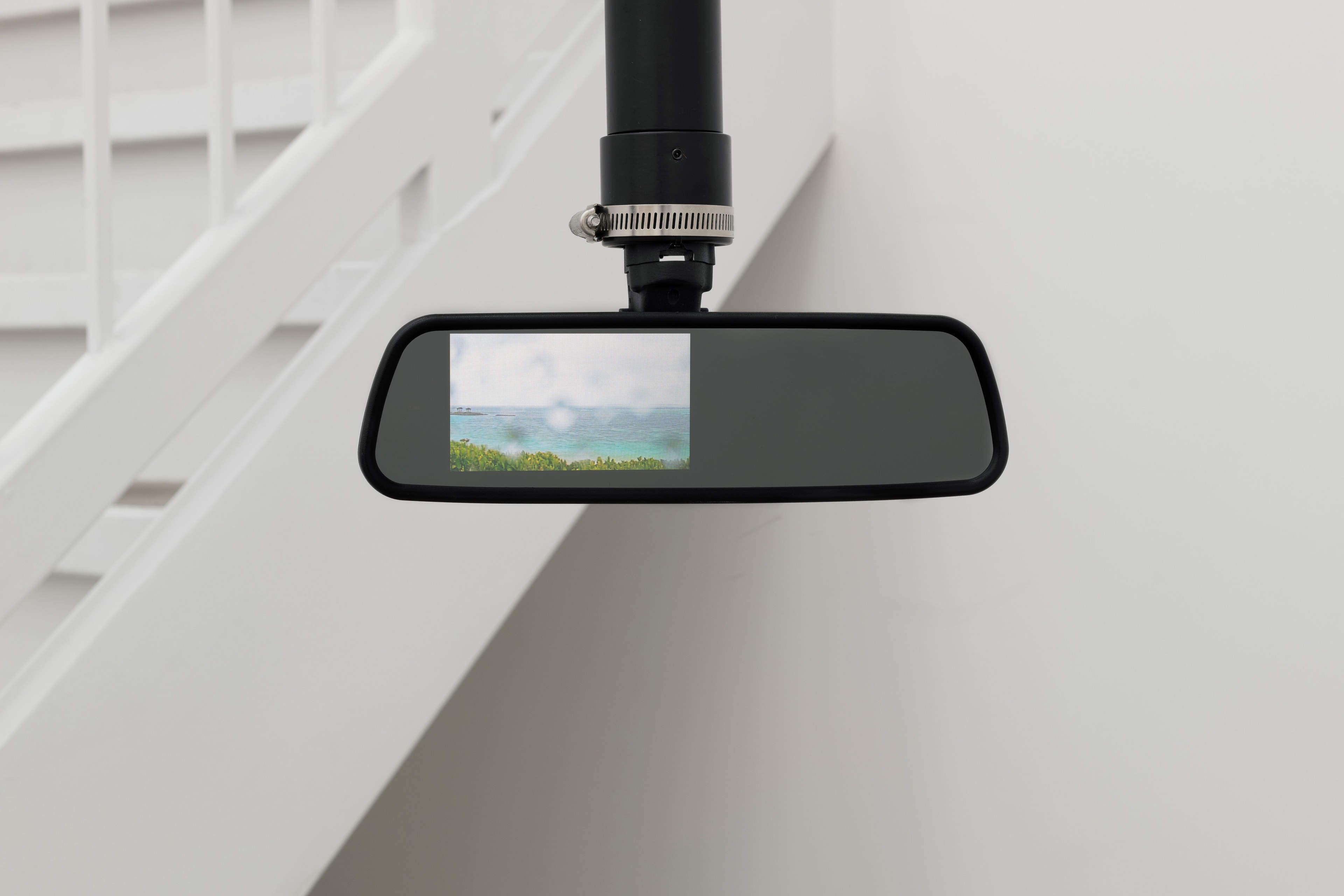
In the center of the gallery, a cardboard box containing a bunch of flashlights comprises a work titled sundown (2024) by the institutional critic Cameron Rowland. Rowland often works in site-specific environments, which they then compromise through a variety of legal and historical methods, revealing their complicity in the global slave trade and its ongoing aftereffects. The artist can deconstruct someone else’s space with ingenious precision; for example, they once convinced London’s ICA to mortgage all the mahogany elements in its estate to the artist, then default on the loans.
By contrast, sundown scans as either bewilderingly blank or hermetically antagonistic on first encounter. It’s a box of everyday objects, with no special relationship to the space they’re in, dropped on the floor as though they’ve been forgotten. The question of how we should look at this work, or whether it’s even worth a second glance, feels provocatively posed here. But our stupefaction may be aided by an extended quote, included in the exhibition checklist, from the 1701 “Act for Settling a Watch in Charleston,” which empowered one of the first instances of tax-supported policing in the United States. The South Carolina militia was vested with the power to detain and severely whip “any negro or slave” apprehended after dark who “cannot give a good and satisfactory account of his business.” To this provision, Rowland adds, rather bluntly: “Slave patrols operated at night. Patrollers were paid per arrest. Arrests required whipping. Police maintain the operation of the slave patrol.”
Their addendum might seem at first like an inductive stretch. But now the flashlights reappear out of the corner of our eye. They are standard police issue and happen to be rather long in the handle, which is made from a heavy, grip-gridded steel. Even today, police handbooks classify these as “Alternative Impact Weapons,” designed to abet instances of near-lethal brutality. In the establishment of the night watch, the duty to surveil was coupled with the mandate to harm any Black person one could find in the dark. At some point, those two directives merged into a single tool.

In the back of the gallery, Christopher Williams provides a strong example of his practice of photographing superficially banal subjects such as flowers and shoes with extraordinary precision—proving that there is no such thing as a “stock image” or any other visual benchmark through which we might see the world. Studio photography like his is the standard language of advertising—people and objects captured in idealized states, freed from all traces of historical specificity by the neutral white backdrop of the cyclorama wall. Williams employs these same methods to opposite ends, reminding us (mostly through his clinical work titles) where and when and how his images came to seem so unremarkably perfect. To this end, he prefers to hang his glossy prints against historically significant backdrops, hence the sheets of “East German wallpaper”—a mucous combination of sawdust and paper pulp that often served as a cheap fix for Communist citizens whose homes had suffered under decades of neglect. An eyesore intended to cover up even worse eyesores, the off-color background is a capable metaphor in its own right.
Hung against it, the picture Williams includes here is something of a touchstone for the artist: a cross-section of a small-format film camera, its lens perfectly bisected. Photographed in profile against a dark background, the picture looks at first like an abstraction, then like one of the “cameraless images” Man Ray made in the 1920s by placing objects directly on photo paper. In fact, it’s easy to defer all recognition of the image whatsoever, to unfocus your eyes and let the slightly furry texture of the wallpaper behind it overtake you. Seeing the picture for what it really is requires focus, and, likely, some background on how it was made.
In rigorously annotating every aspect of his compositions, Williams exudes a geeky love for his craft. He also undoes any sense of accident or habit that might comprise the art of photography; instead, it comes together as a long and historically determined process, developing, like the prints it produces, in the dark rooms of civilization. This work is no exception, and it might be the most optimistic of objects in this small but powerful show. The practice of cutting cameras in half has a long history as an amateur enthusiast’s hobby—it’s devilishly difficult, requiring several blades of precise densities to slice the various lens elements without shattering them—and stands here as an example of how ordinary people might investigate and dismantle the mechanisms of seeing all around us. It was also extraordinarily difficult to photograph (Williams had to measure his focal length down to the millimeter). His result, far from objective or neutral, testifies to the profound care that goes into new ways of expanding one’s sense of perception.

Seeing is an act of creative cognition, though we often live our lives pretending it’s one of passive recognition. As the artists in this show make clear, if even an object as simple as a flashlight can be inscribed with horrifically repressive intentions, then today’s world, full of satellites, cell phones, CCTV, and AI, can feel designed to overwhelm and control us. Technology has allowed us to connect and communicate constantly, to take pictures of everything and position ourselves in real time; in exchange, we find ourselves increasingly dependent on machines that watch our every move, and submit their findings into networks of data we can hardly comprehend. A possible solution might be to follow these artists’ examples: dismantling, researching, and recontextualizing the objects we are forced to encounter each day. If, as Marshall McLuhan once had it, the tools we make remake us in turn, such rare encounters with the denatured machine likewise offer us a glimpse of our own epistemological anatomies.
Credits
- Text: NOLAN KELLY
Related Content
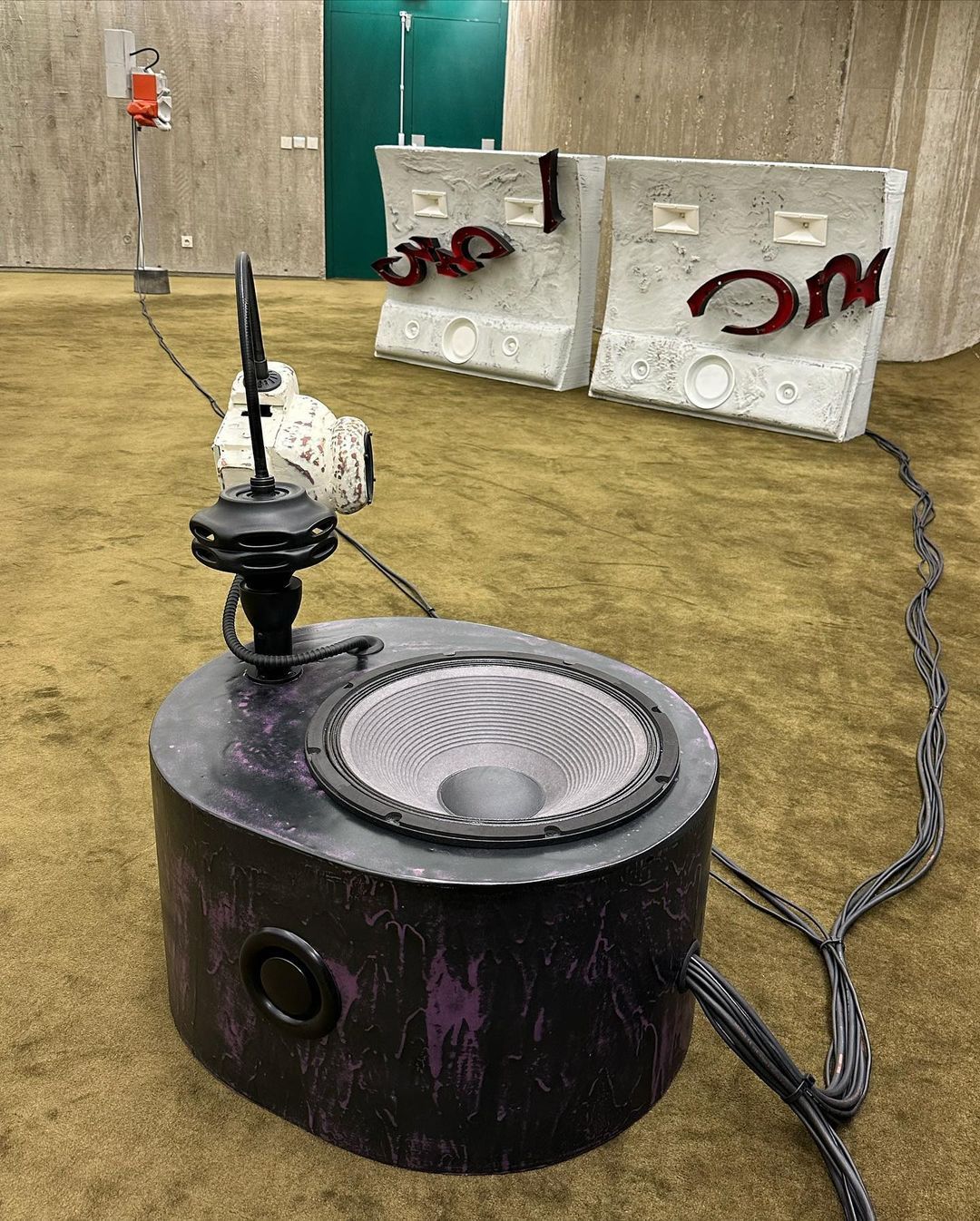
Erwan Sene’s Sonic Odyssey
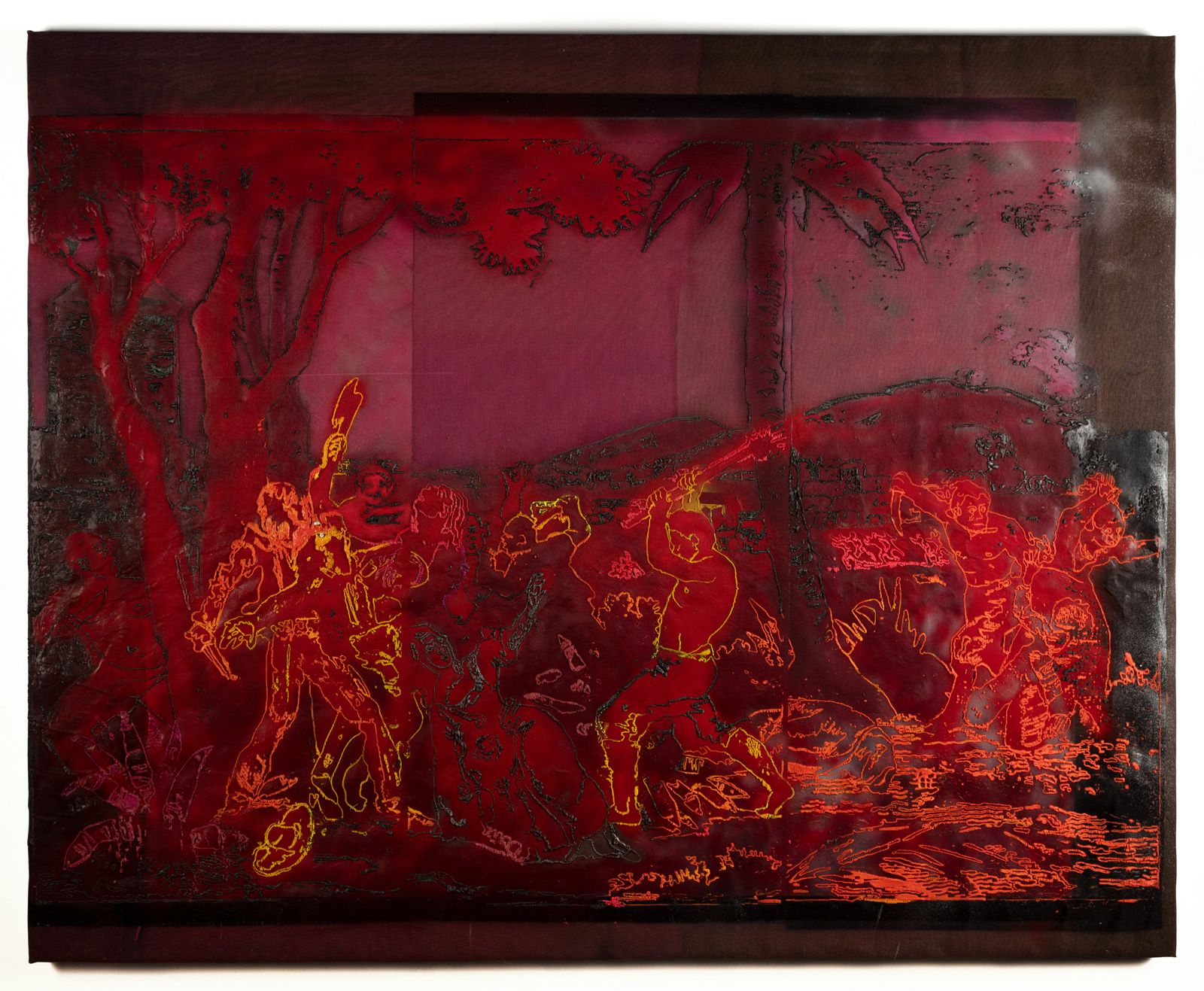
SMASHED COLLARBONES: Berlin Art Week 2022
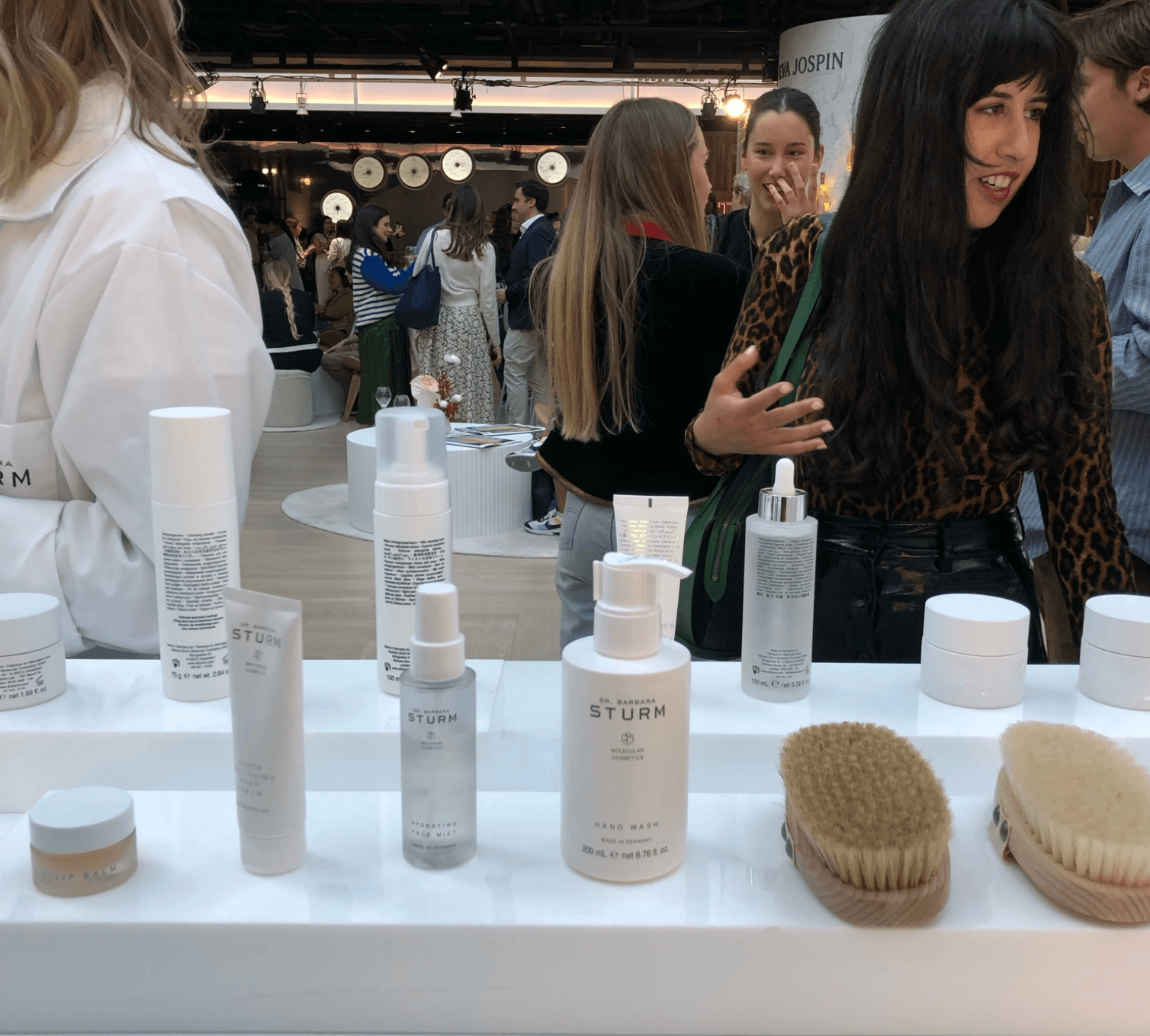
Art World Resorts: A Remedy for Chronic Anxiety
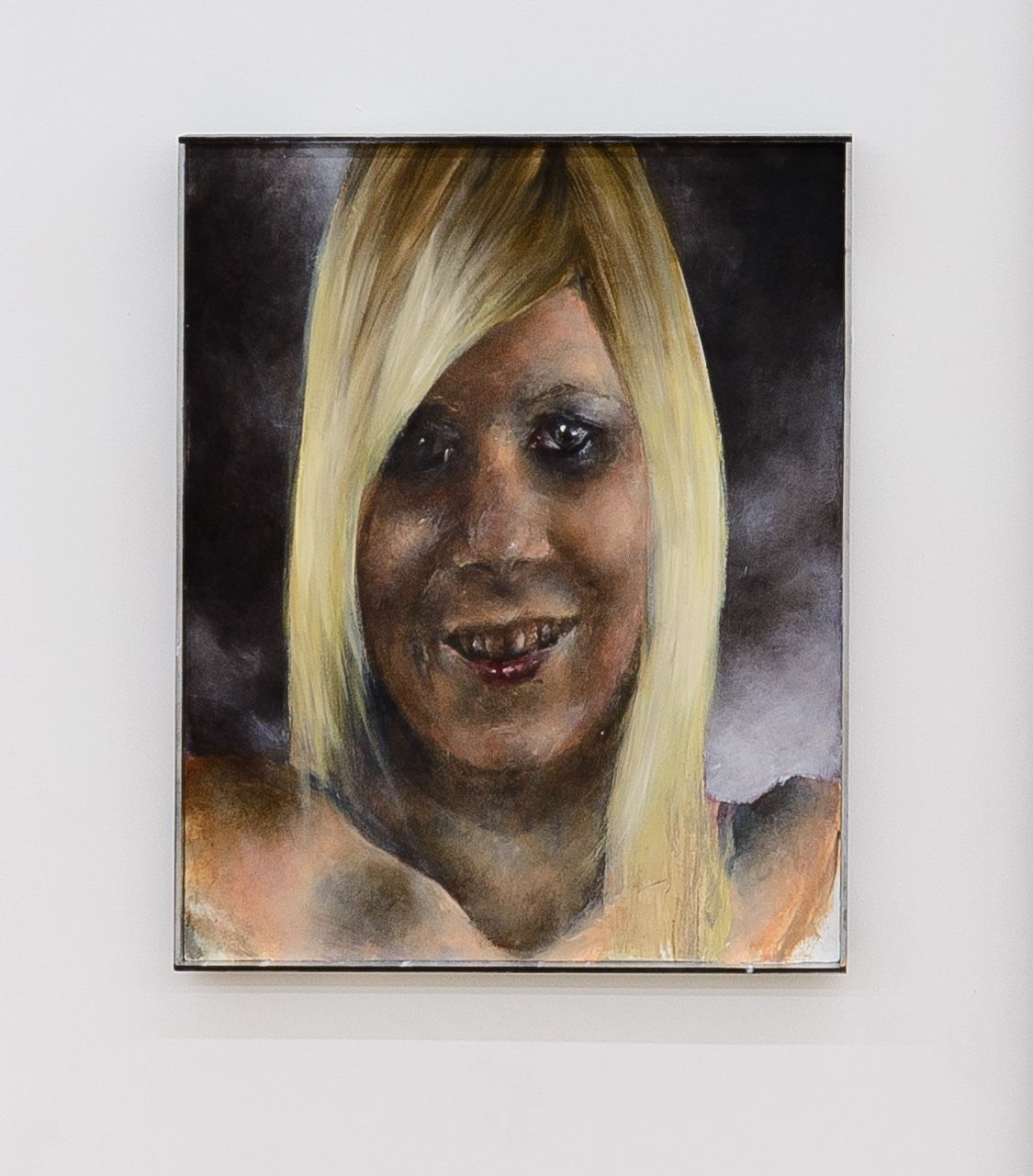
Image Spamming with Paul Hameline
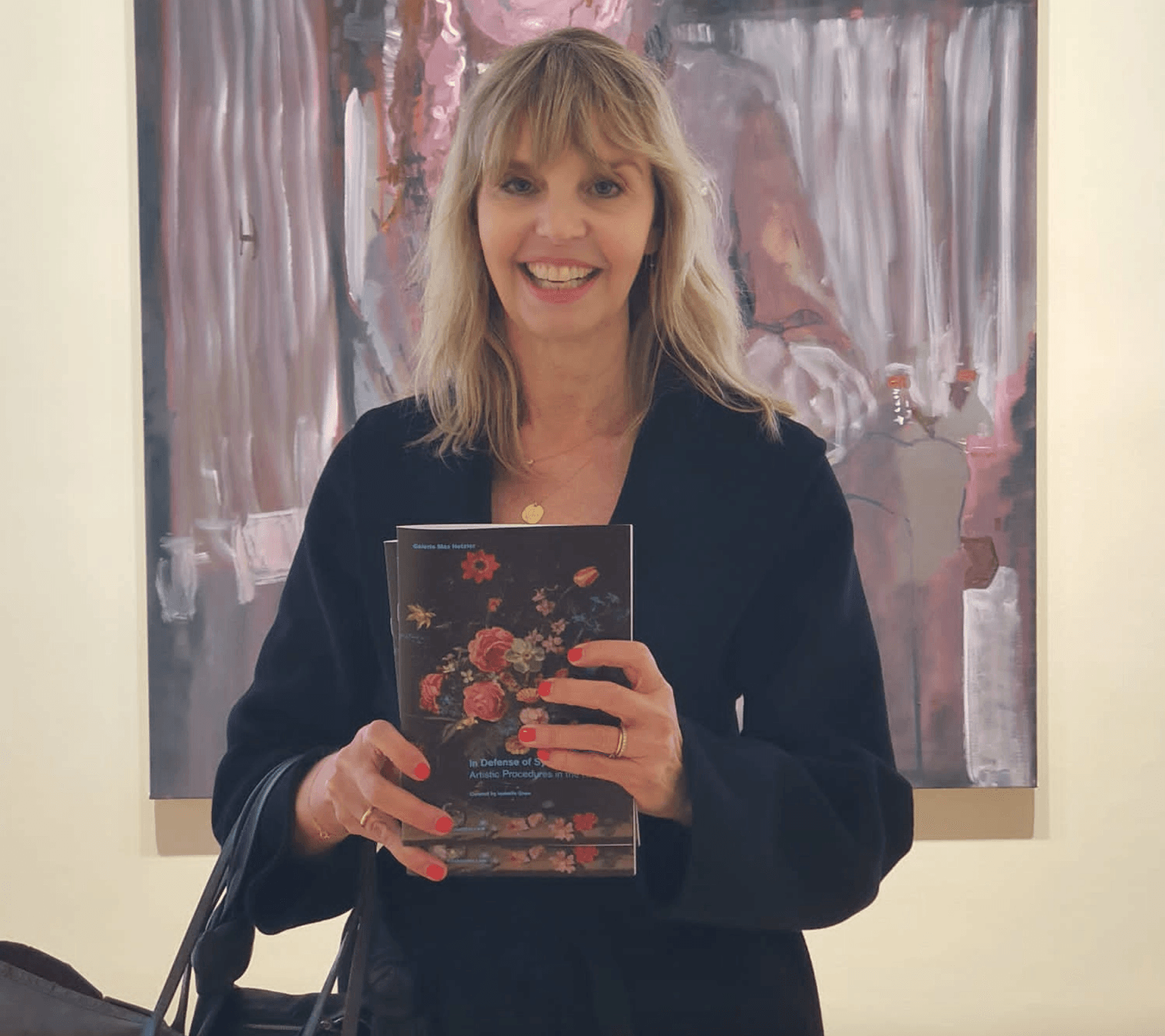
Image Stacks With ISABELLE GRAW
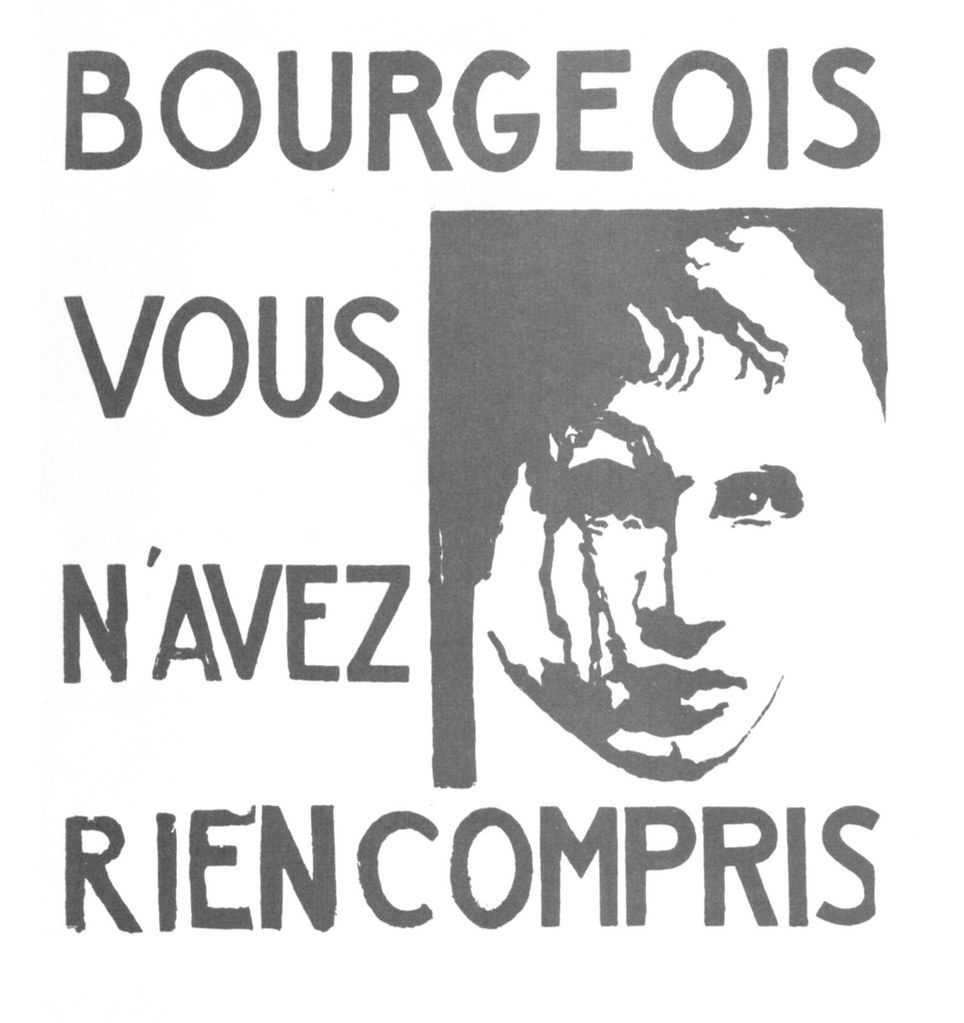
Barrikadenwetter: Image Acts of Insurgency with WOLFGANG SCHEPPE
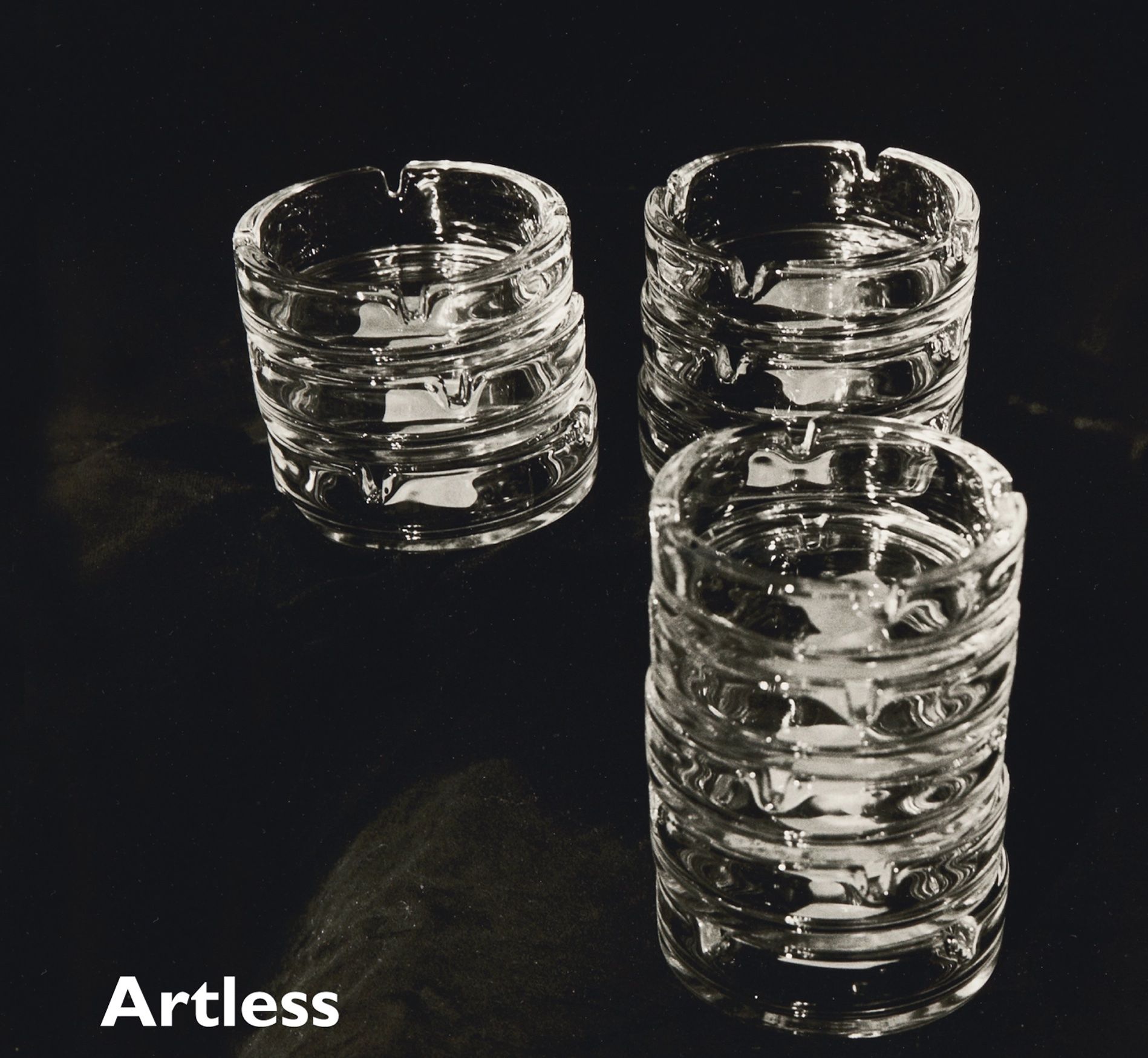
Are We Artless? NATASHA STAGG
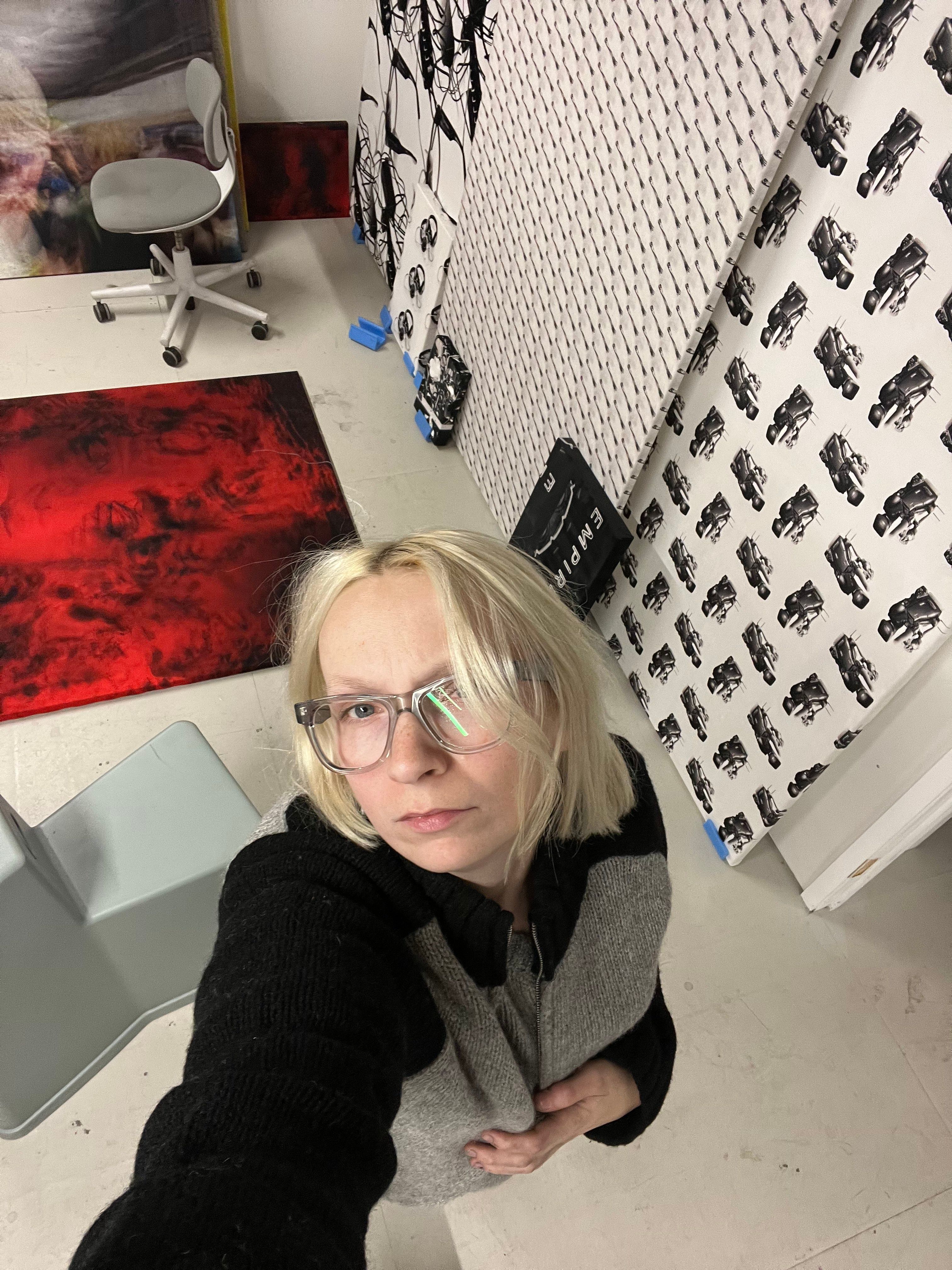
The New American Dream Is Sponsored by Meta: ANA VIKTORIA DZINIC